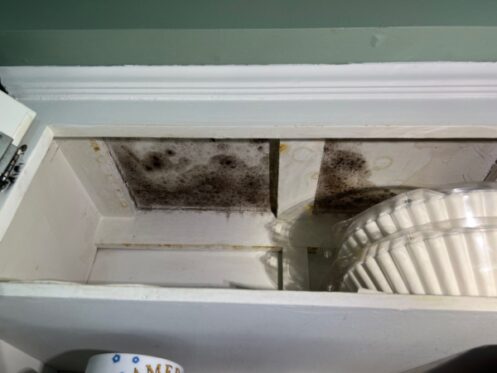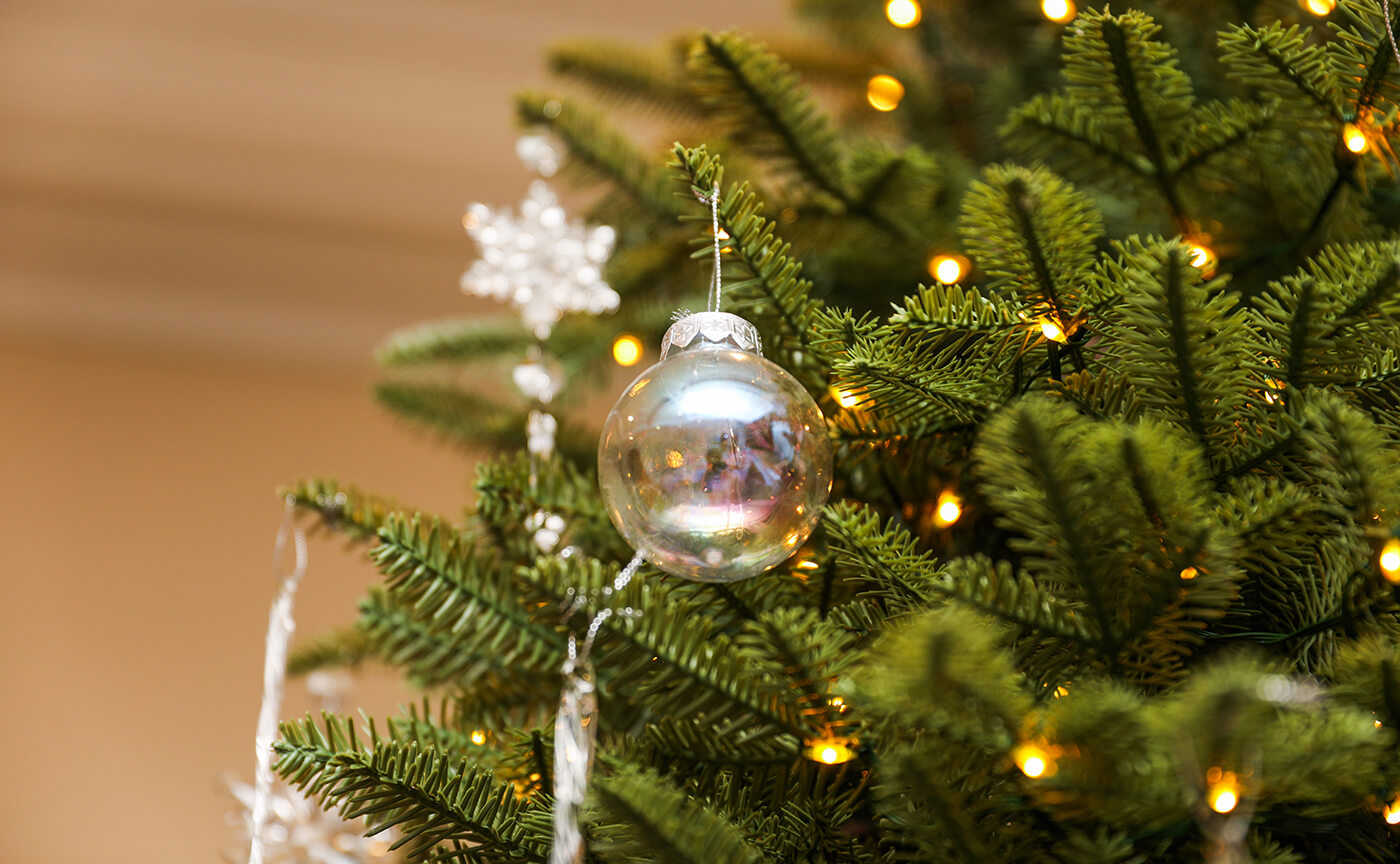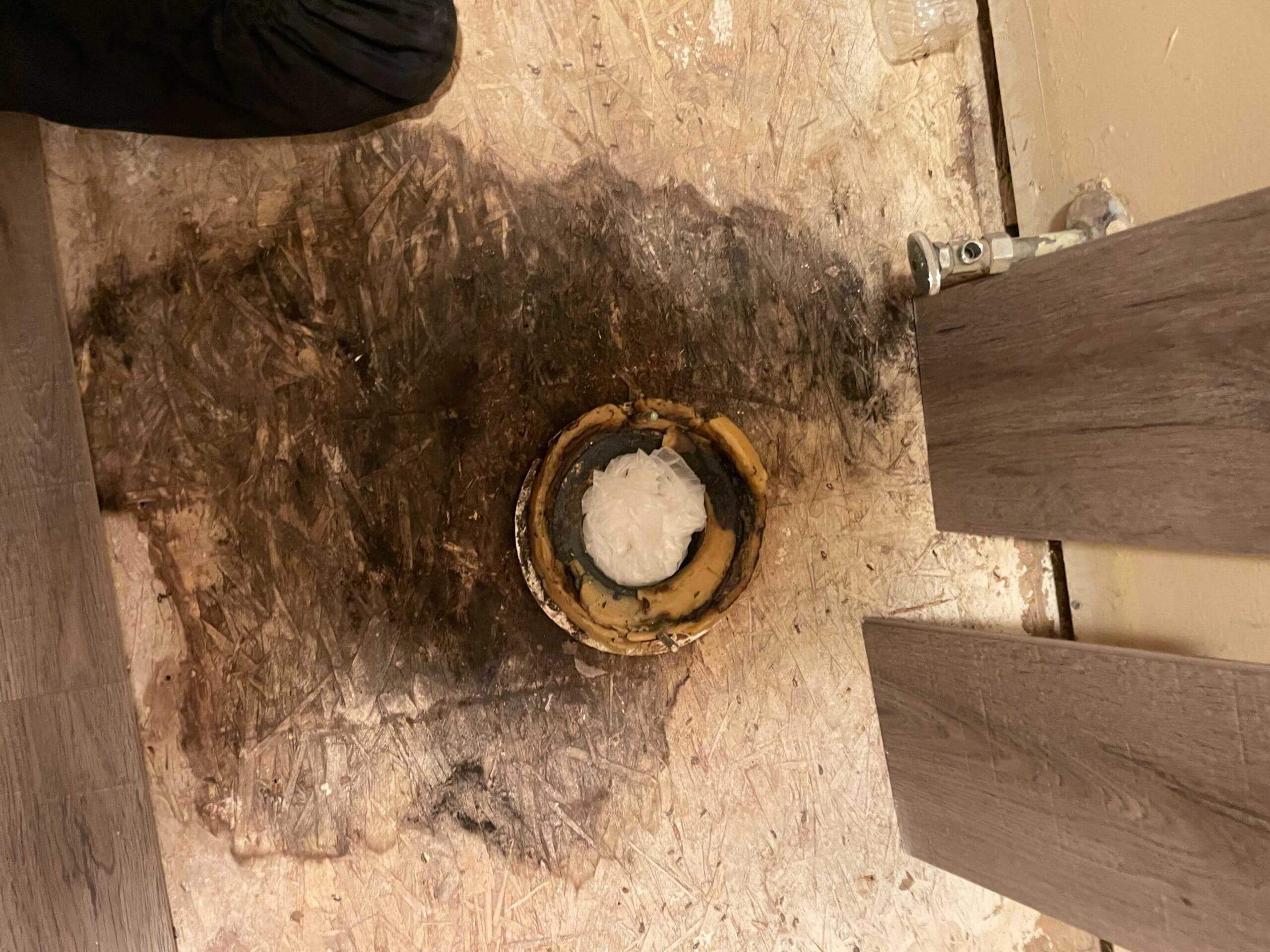We often hear warnings about black mold, but many people aren’t fully aware of what it is or how dangerous it can be. While it’s easy to dismiss as just another household nuisance, black mold poses serious health risks, especially when left untreated. Understanding black mold and how it grows is crucial for protecting your home and health. We will dive into the details of black mold and why taking this everyday threat seriously is essential.
Black mold, scientifically known as Stachybotrys chartarum, is a type of fungus that thrives in damp, humid environments. It typically appears as black or dark green patches on walls, ceilings, or other surfaces that have been exposed to moisture.
It is notorious for producing mycotoxins, harmful compounds that can affect indoor air quality and pose health risks. Mycotoxins are released into the air in microscopic spores, making it possible for them to spread. These toxins can harm humans and animals when inhaled, ingested, or come into contact with the skin.
Mold Growth
Bathrooms, basements, and attics are common breeding grounds for black mold. All the factors come together to create the perfect condition for mold growth:
Black mold requires specific conditions to grow. It needs consistent moisture, which typically comes from high humidity, leaks, or flooding. Mold also needs organic materials to feed on, particularly cellulose. This organic compound is found in the cell walls of plants, giving them structure and support. It’s made up of long chains of glucose molecules. It is commonly found in household materials like wood, drywall, paper, and cotton.
Lastly, black mold needs poor ventilation to thrive. Stagnant air creates an environment where moisture isn’t properly circulated or dried out, leading to consistently damp conditions. This allows black mold to grow and spread faster as the air becomes trapped and moist surfaces. Without proper airflow, these damp areas create an ideal environment for black mold to feed on organic materials and establish a colony.
Health Risks
Exposure to black mold can lead to a variety of health problems, particularly for those with respiratory conditions, weakened immune systems, or allergies. Common symptoms of mold exposure include coughing, sneezing, skin irritation, eye redness, and difficulty breathing.
In severe cases, long-term exposure can have serious health consequences. Over time, it can worsen respiratory problems like asthma or chronic bronchitis and cause persistent coughing, sneezing, and shortness of breath. Some individuals may experience fatigue, dizziness, and headaches due to the mycotoxins. In extreme cases, prolonged exposure can lead to memory loss, mood changes, or lung infections.
Treatment
If you suspect black mold in your home, take immediate action. Simple cleaning methods are not effective because black mold can deeply penetrate surfaces like drywall, wood, and insulation. Since these materials contain cellulose, mold feeds on them and burrows into tiny crevices, making it difficult to eliminate entirely without professional help.
The longer mold is left untreated, the deeper it can embed itself, compromising the integrity of these materials and causing structural damage. Even if surface mold is removed, the infestation may persist beneath the surface unless more extensive remediation efforts are taken.
First, the moisture source fueling mold growth must be addressed. Next, affected areas should be cleaned using specialized mold-removal products. In severe cases, contaminated materials like drywall or carpet may need to be removed entirely.
Black Mold Isn’t a DIY Project
It’s recommended to consult with professionals for proper mold removal. Their specialized equipment, protective gear, and stringent safety measures ensure the job is done correctly. Mold spores can quickly spread during cleaning, contaminating other areas of your home. But with professionals, you can be confident that proper containment and treatment will be in place, preventing the return or worsening of the mold.
DIY methods often lack the effectiveness needed to fully eradicate the problem, especially in hidden or widespread mold cases. Professionals use advanced techniques to safely remove mold, address moisture issues, and prevent future growth, ensuring the protection of your home and health.
Prevention
Controlling moisture levels in your home is the key to preventing black mold growth. Fix any leaks or water damage to prevent mold from taking root. Ensure proper ventilation in your home, especially in high-humidity areas like bathrooms or kitchens. Using dehumidifiers and regularly inspecting areas prone to dampness can also reduce the chances of black mold growth. Regularly cleaning and drying surfaces, especially in areas where condensation forms, can also help.
Working with professionals like Pur360 ensures the mold is eliminated at the source, reducing the risk to your health and preventing future growth. Pur360 uses proven, eco-friendly techniques to fully treat the issue, giving you peace of mind and a healthy, mold-free environment. Don’t take chances—trust the experts to handle black mold the right way.



